Importing furniture from China can be a lucrative opportunity, but it also comes with challenges that first-time importers must understand and navigate. As a China sourcing agent, we’ve helped hundreds of global clients successfully import furniture ranging from large hotel chains to boutique furniture brands. In this guide, we share in-depth insights, real solutions, and actionable steps that will help you avoid costly mistakes and ensure a smooth importing journey.
Why Import Furniture from China?
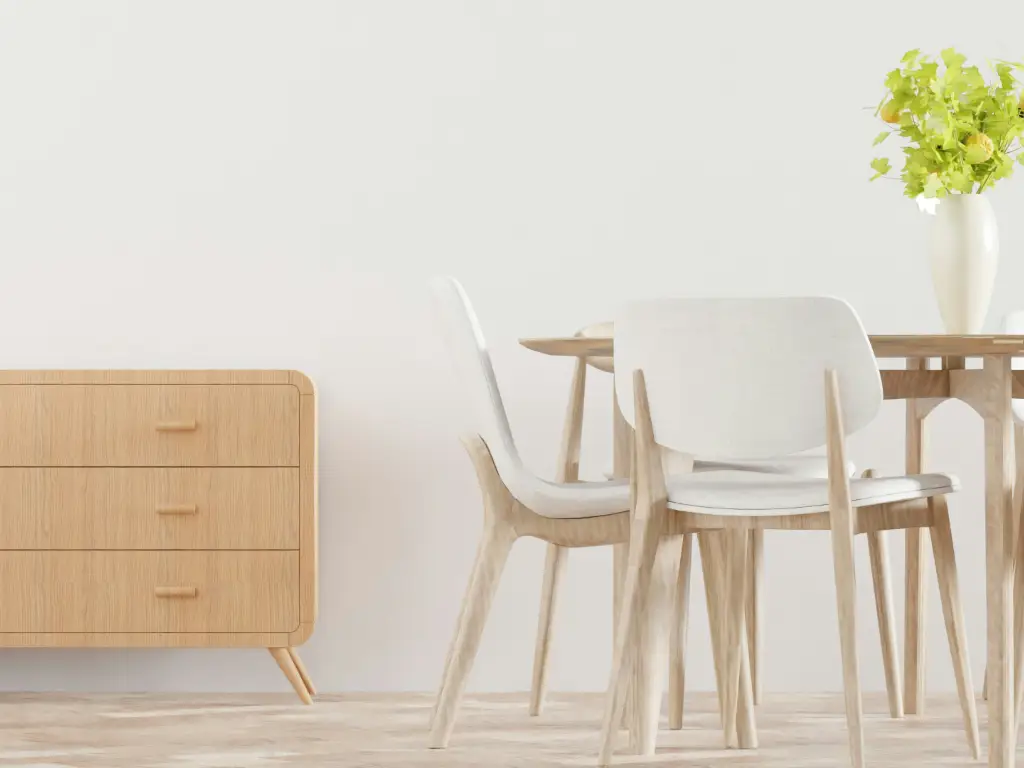
China dominates the global furniture export market due to its vast manufacturing infrastructure, affordable labor, and access to raw materials.
Here are the core reasons why so many importers choose China as their go-to furniture source:
- Massive production capability: According to the official data from the China International Furniture Fair (CIFF), China’s furniture output reached approximately $160 billion in 2023, accounting for 34% of global production. Its export volume also contributed to over 30% of total global furniture exports.
- Wide product variety: From high-end Italian-style leather sofas to minimalist Scandinavian designs, China’s manufacturers cater to every market segment. Entire industrial clusters specialize in niche products: Anji for ergonomic chairs, Shunde for modern living room sets, and Qingdao for rustic wooden furniture. Whether you want flat-pack, fully assembled, or custom-engineered furniture, China offers both diversity and deep specialization.
- Competitive pricing: China’s manufacturing clusters offer access to raw materials, components, and labor in one region, reducing costs and lead times. This efficiency enables globally competitive pricing and reflects the benefits of low cost country sourcing.
Where to Source Furniture in China?
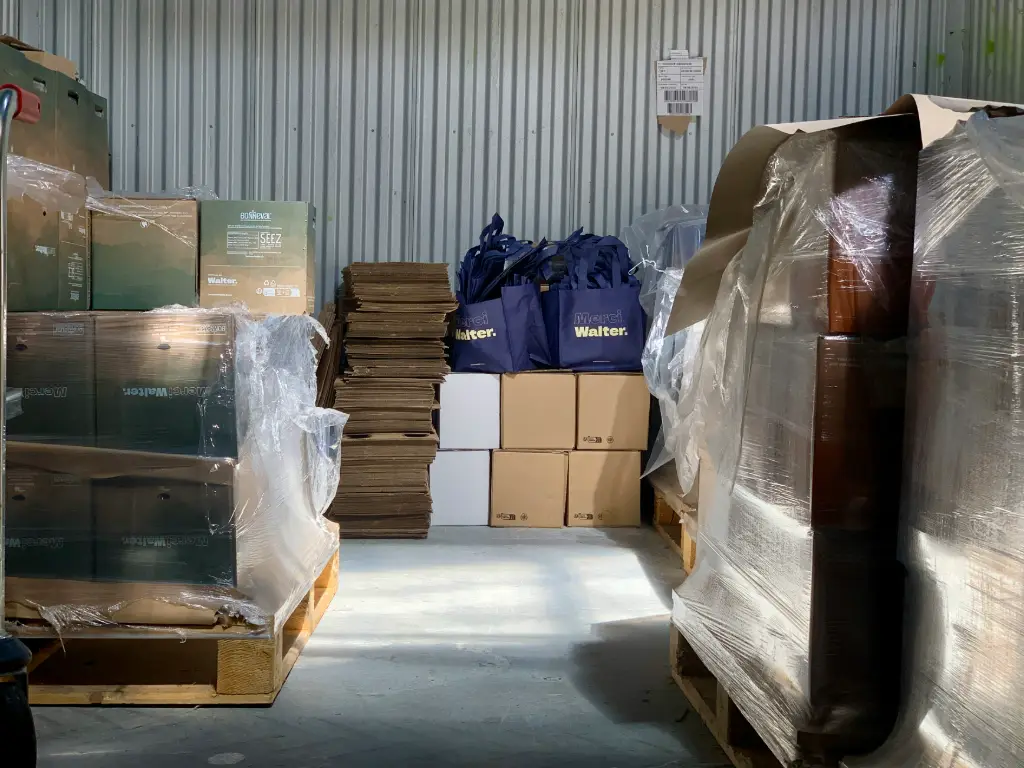
Your sourcing strategy depends on your business model, budget, and customization needs. Here are the three most effective sourcing channels:
1. Sourcing Agents
A professional China souring agent bridges the language and cultural gap, negotiates better prices, oversees quality control, and handles logistics on your behalf. This is especially important if you’re new to importing or sourcing customized pieces. Agent fees typically range from 5% to 10% of the total order value, depending on the scope of service.
2. Furniture Trade Fairs
Trade shows provide an excellent opportunity to evaluate products firsthand and negotiate directly with furniture manufacturers.
- China International Furniture Fair (CIFF): Held twice a year (March in Guangzhou, September in Shanghai), CIFF is ideal for high-volume buyers and brand owners looking for both residential and commercial furniture.
- Canton Fair: Held every April and October in Guangzhou, this is China’s largest trade show, featuring a broad range of furniture across styles and price points — perfect for buyers exploring multiple niches.
3. Online B2B Platforms
If traveling to China isn’t feasible:
- Alibaba: Ideal for comparing multiple suppliers and requesting RFQs.
- Made-in-China and Global Sources: More manufacturer-focused and suitable for finding niche or custom options.
Always verify supplier credentials (check business license, factory audits, and reviews). If you are unable to visit, working with a trusted sourcing agent ensures due diligence and reliable background checks.
4. Foshan Furniture Markets
China’s largest physical furniture markets are located in Foshan, offering ready-to-ship and custom pieces at competitive prices. Key furniture markets in Foshan include: Louvre Furniture Mall, Lecong Furniture Market, Sunlink Furniture Market, etc.
If you plan to source furniture in person or want a deeper understanding of Foshan’s furniture ecosystem, we recommend reading our detailed guide: Top 5 Must-Visit Furniture Markets in Foshan, China for Quality Home Furnishings
Types of Furniture You Can Import from China

Chinese manufacturers cover almost every furniture category:
- Residential Furniture: Beds, sofas, dining tables, chairs, wardrobes, etc.
- Office Furniture: Desks, task chairs, meeting tables, filing systems.
- Outdoor Furniture: Wicker, aluminum, stainless steel, teakwood patio sets.
- Commercial & Hospitality: Hotel lobbies, restaurants, bars, reception desks.
- Customized Furniture: OEM and private label furniture for retail brands or designers.
Tip: Start with a focused product line, verify quality with samples, and then scale based on market feedback.
Step-by-Step Guide to Import Furniture from China
Importing furniture from China involves multiple critical stages, each requiring careful planning and execution to ensure quality, timely delivery, and cost control. The following step-by-step guide breaks down the entire process into manageable steps, helping first-time importers navigate smoothly from product selection to final delivery.
Step 1: Define Your Product Requirements
Start with a clear Product Requirement Document (PRD) that outlines:
- Dimensions and materials
- Target price range
- Color/finish options
- Packaging requirements
- Applicable standards (e.g. CA Prop 65, TSCA Title VI for US market)
The more specific you are, the better the supplier can quote accurately and avoid miscommunication.
Step 2: Find and Vet Suppliers
Use B2B platforms, attend trade shows, or engage a sourcing agent to locate potential suppliers. Then vet them by:
- Checking business licenses and registration
- Asking for certifications and past client references
- Ordering samples to inspect quality and craftsmanship
If you’re unsure, a sourcing agent can visit the factory for you and conduct a supplier audit, which includes verifying their production capabilities and export history.
Step 3: Request Quotes and Negotiate
Ask for quotes based on Incoterms (FOB, EXW, CIF). Discuss:
- Unit price per MOQ: Can they offer smaller volumes at reasonable costs?
- Lead time: Production + shipping (expect 45–60 days)
- Payment terms: Secure options include 30/70 T/T or Letter of Credit
- Warranty or compensation terms for defects
Step 4: Confirm Order and Sign Contracts
Issue a Purchase Order (PO) and get a Proforma Invoice from the supplier. Include:
- Product specs and quantity
- Total cost and payment schedule
- Delivery time and shipping method
- Quality control requirements
- Penalty clauses for delays or defects
In China, contracts (including in bilingual format) are legally enforceable and serve as a valuable protection tool.
Step 5: Conduct Quality Inspections
Arrange third-party quality checks at key stages:
- During production (DUPRO): To catch defects early.
- Pre-shipment inspection: Final check before balance payment and loading.
- Container loading inspection: Ensures proper packing and sealing.
Neglecting this step is one of the top mistakes first-time importers make, leading to damaged goods and costly returns.
Step 6: Book Logistics and Handle Shipping
Choose a freight forwarder or work with a sourcing agent to coordinate shipping. For furniture, sea freight is the most economical.
- FCL (Full Container Load): Ideal for bulk orders.
- LCL (Less than Container Load): For smaller volumes, but higher cost per CBM.
Prepare documentation such as:
- Bill of Lading
- Packing List
- Commercial Invoice
- Certificate of Origin
- Product-specific compliance documents
A sourcing agent can consolidate orders from multiple factories into one container, reducing shipping costs significantly.
Step 7: Customs Clearance and Final Delivery
Work with a licensed customs broker in your destination country. They will assist with:
- Calculating and paying import duties and taxes
- Ensuring compliance with local import regulations
- Handling port-to-door delivery
If importing into the U.S., ask: What is the current import tariff from China? As of 2025, many furniture categories still face Section 301 tariffs ranging from 10% to 25%. These are in addition to normal duty rates.
To calculate accurate duty rates, check your product’s HTS code and understand what is the tariff rate on imports from China for that category.
Choose the Right Incoterms for Your Furniture Shipment

Incoterms (International Commercial Terms) are standardized trade terms published by the International Chamber of Commerce (ICC) that define the responsibilities of buyers and sellers in international transactions. Choosing the correct Incoterm helps avoid disputes and unexpected costs when importing furniture from China.
Here’s a breakdown of the 11 commonly used Incoterms 2020 and what they mean for your furniture shipment:
1. EXW (Ex Works)
The seller makes the goods available at their premises. The buyer handles everything from pickup, export clearance, shipping, insurance, to import clearance.
Best for: Experienced importers with local teams or sourcing agents
Risk: Highest on buyer
2. FCA (Free Carrier)
The seller delivers goods to a carrier or terminal nominated by the buyer and clears them for export.
Best for: When combining multiple shipping modes (e.g., truck + sea)
Note: Suitable for both container and non-container shipments
3. CPT (Carriage Paid To)
The seller pays for transportation to a named destination, but risk transfers to the buyer once the goods are handed to the carrier.
Best for: Buyers who want prepaid freight but can manage customs
4. CIP (Carriage and Insurance Paid To)
Like CPT, but the seller also provides minimum insurance.
Best for: Buyers who need basic insurance included in shipping terms
Note: Insurance might not be comprehensive
5. DAP (Delivered at Place)
The seller delivers the goods to a named place in the buyer’s country, but import duties and taxes are not included.
Best for: Buyers who want delivery to their warehouse without managing international shipping
Note: Buyer must clear customs and pay duties
6. DPU (Delivered at Place Unloaded)
Seller delivers and unloads the goods at a named place. This is the only Incoterm where the seller is responsible for unloading.
Best for: Warehouse deliveries where unloading assistance is required
7. DDP (Delivered Duty Paid)
Seller handles everything, including freight, insurance, import customs, and duties.
Best for: First-time importers who want an all-inclusive solution
Note: Often results in higher upfront prices; not all suppliers offer this term
8. FAS (Free Alongside Ship)
The seller places the goods next to the vessel at the named port. Buyer arranges loading, shipping, and insurance.
Rarely used for containerized cargo
Best for: Bulk cargo or special charter arrangements
9. FOB (Free on Board)
The seller clears goods for export and loads them onto the ship. The buyer assumes responsibility from the moment cargo is on board.
Best for: Buyers with their own freight forwarders
Most common term for sea freight in furniture imports
10. CFR (Cost and Freight)
The seller pays for transport to the port of destination, but risk transfers to the buyer once goods are on the ship.
Best for: Budget-conscious buyers who can manage customs clearance
Note: No insurance included
11. CIF (Cost, Insurance and Freight)
Same as CFR, but the seller also arranges minimum insurance.
Best for: New importers who want freight and basic coverage handled
Note: Insurance may not cover full value or damages in transit
Which Incoterm Should You Use?
For most first-time furniture importers:
- FOB is the most balanced and transparent option
- CIF is easier if you don’t yet have a freight forwarder
- DDP offers the simplest experience, but often at a premium
- EXW should be avoided unless you have strong sourcing and logistics support in China
Choosing the right Incoterm affects your total landed cost, shipping risk, and customs handling. When in doubt, consult your sourcing agent or freight forwarder before finalizing the contract.
How Much Does it Cost to Import Furniture from China?
Calculating the total cost of importing furniture from China involves more than just the factory price. Importers should account for a mix of variable charges — including freight, import duties, and domestic handling fees — all of which can shift based on global logistics trends and trade policy changes.
For U.S. importers, basic customs duties on furniture typically range from 0% to around 12%, depending on the product classification. On top of that, many items are currently subject to additional tariffs under Section 301, which may raise the total duty to as high as 25%. Since tariff rules are subject to change, consulting with a customs broker is strongly advised before placing large orders.
Shipping costs also vary based on container size, route, and season. As a general benchmark:
- A 20-foot container might cost between $1,500–$3,000
- A 40-foot container could range from $2,500–$5,000
Common Mistakes to Avoid When Importing Furniture
Avoid these frequent mistakes to protect your budget, timeline, and reputation when sourcing furniture from China:
- Failing to verify the supplier’s legitimacy: Many so-called “factories” on B2B platforms are actually trading companies. Always check business licenses, factory audit reports, and third-party reviews.
- Skipping product sampling and quality checks: Approving only pictures or catalog specs without seeing physical samples can lead to major quality issues. Use pre-shipment inspections and third-party QC services when necessary.
- Underestimating freight and logistics costs: Furniture is bulky. Shipping fees, port surcharges, and local delivery costs often exceed first-time buyers’ expectations.
- Not clarifying trade terms and responsibilities: Ambiguities in Incoterms (e.g., FOB vs CIF) or missing packaging instructions can lead to costly disputes and shipment delays.
- Ignoring compliance and import duties: Failure to research product-specific tariffs or certification requirements can result in unexpected fees or customs rejection.
- Over-focusing on the lowest price: The cheapest supplier is rarely the best long-term partner. Hidden costs from poor quality, late deliveries, or unresponsive communication can destroy profit margins.
- Lack of documentation or unclear contracts: Verbal agreements or vague purchase orders leave you unprotected. Always outline product specs, lead times, penalties, and payment terms in writing.
Importing Furniture from China With Splygo Now
Splygo is a China-based sourcing agent dedicated to helping global buyers import furniture with confidence and efficiency. From identifying the right furniture manufacturers to handling production, inspection, and logistics, we act as your on-the-ground partner throughout the entire sourcing process.
Here’s what sets Splygo apart:
- Direct access to vetted factories across major furniture hubs like Foshan and Shunde
- Transparent price negotiation to help you get factory-direct rates without hidden costs
- Strict quality control at every production stage, including on-site inspections
- Custom sourcing solutions for retailers, wholesalers, and interior project buyers
- Full logistics support, from freight quotes to customs clearance coordination
Want to streamline your next furniture import project?
Contact Splygo and let us handle the heavy lifting.
FAQs
How do I find reliable furniture manufacturers in China?
Use trusted channels like the China International Furniture Fair (CIFF), Alibaba with verified suppliers, or work with a professional sourcing agent like Splygo who can audit factories and ensure legitimacy.
What import duties and tariffs apply when importing furniture from China?
Tariffs vary by product type and country. For example, U.S. importers may face standard MFN duties of 0–5% plus additional Section 301 tariffs up to 25% on some furniture categories. Always check the latest rates before ordering.
Can I import small quantities of furniture or do I have to order in bulk?
Small quantities can be imported via Less than Container Load (LCL) shipments, but shipping costs per unit are higher than full container loads (FCL). LCL is ideal for testing products before scaling up.
How can I ensure the furniture meets safety or compliance standards in my country?
You’ll need to request specific test reports and certifications depending on your country’s regulations (e.g., CARB, TSCA Title VI, REACH, CE). Ask suppliers to provide existing certificates or arrange third-party testing. A good sourcing agent can coordinate this process on your behalf.
What happens if the furniture arrives damaged or defective?
Responsibility depends on your Incoterms and quality control process. If you approved samples but skipped inspections, suppliers may deny fault. That’s why pre-shipment inspections and clear agreements on defect handling are essential. Shipping insurance (under CIF or added separately) may cover physical damage during transit.



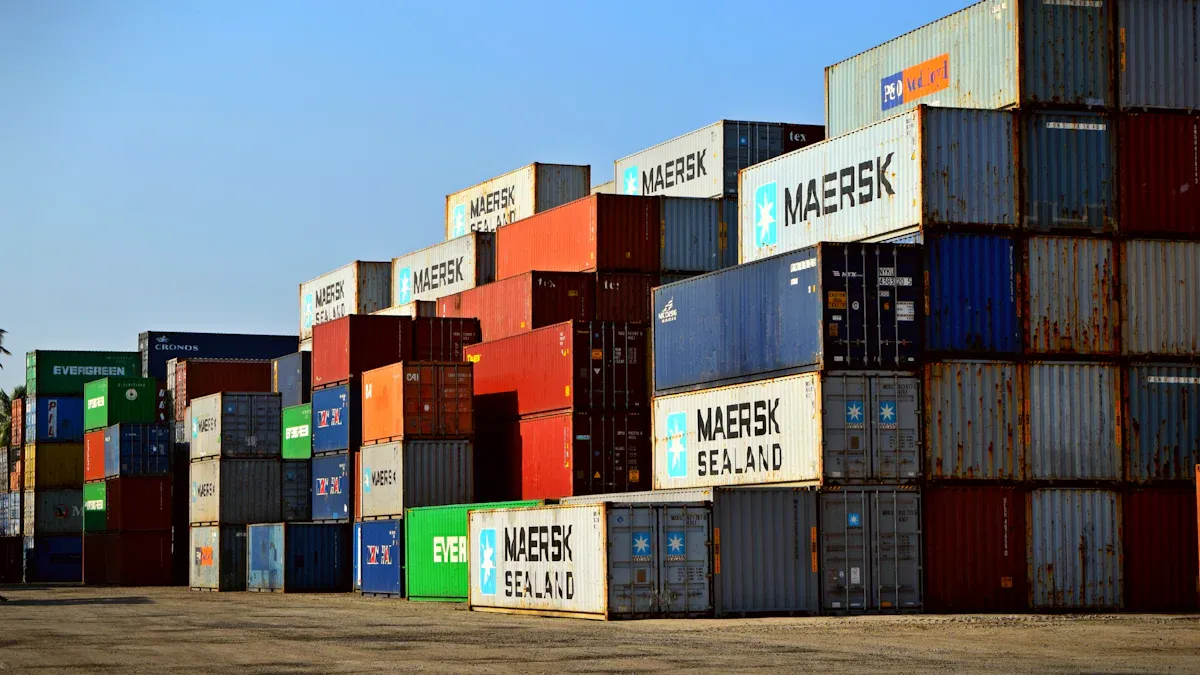



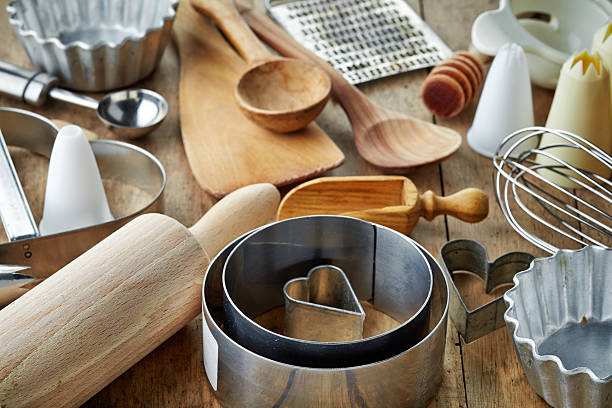
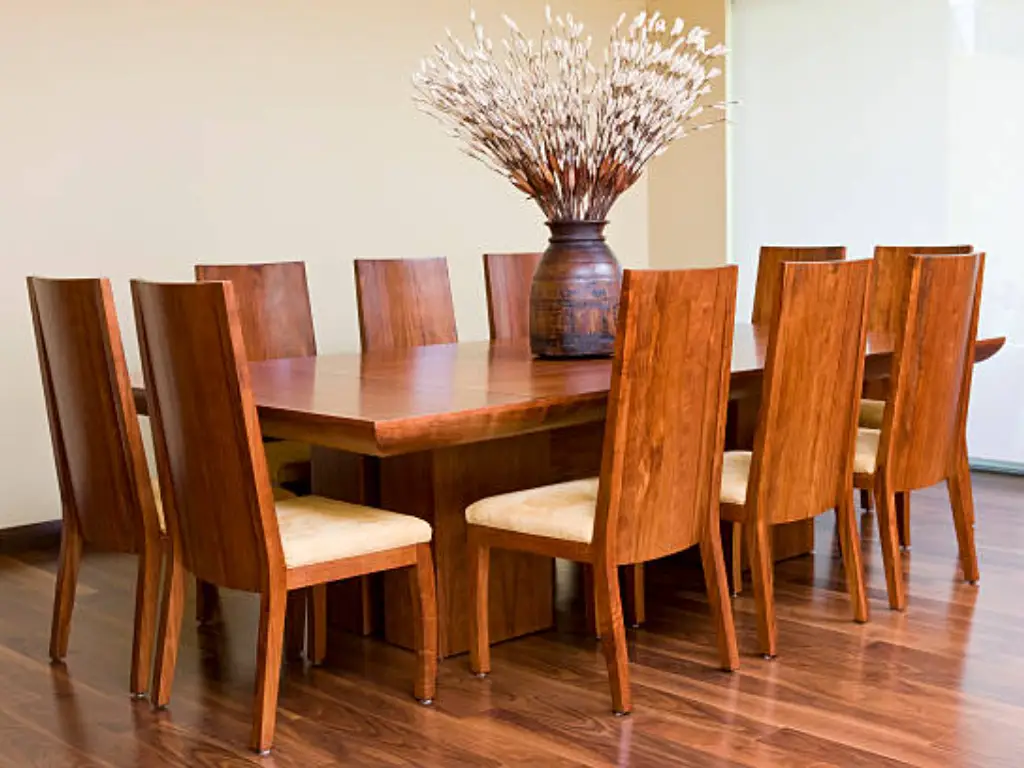











Contact Splygo for Your Needs
Ready to experience our more services? Contact us today to discuss your requirements and find the right solution for your needs.